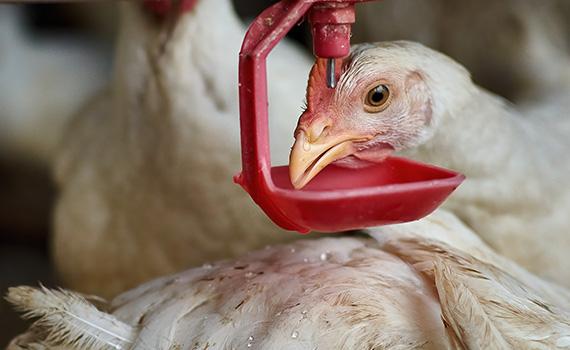Disease Prevention Through Monitoring and Testing
A key part of ensuring optimal productivity and profitability in poultry farming operations is maintaining the health of flocks through proactive disease monitoring and testing. Various diagnostics tools and techniques allow farmers to screen for potential pathogens, assess overall flock wellness, and identify issues before they can seriously impact birds. Regular monitoring and testing helps prevent outbreaks that could require costly treatments and lead to losses from mortality or reduced growth rates.
One of the most common screening methods employed is blood testing. Drawing and analyzing small blood samples from a representative number of birds enables detection of antibodies produced in response to certain viral or bacterial infections. This provides an indication of whether particular diseases have been introduced to the flock in the past. It can also uncover ongoing or recent exposures. Blood testing panels usually screen for illnesses such as Newcastle disease, avian influenza, infectious bronchitis, and Salmonella.
In addition to blood work, swab sampling of organs like the trachea is another mainstream diagnostic technique. Pathogens shed in respiratory discharges can be identified by analyzing tracheal swabs under a microscope or through polymerase chain reaction (PCR) testing. This approach conveniently reveals what bacteria or viruses may currently be circulating among the birds. It has become especially valuable for surveillance of diseases like avian metapneumovirus that do not produce detectable antibodies.
Monitoring Egg Shell Quality and Internal Egg Components
The quality and contents of eggs can also offer insightful information about flock health status. Farmers carefully examine shell characteristics like thickness, strength, and deformities for any abnormalities that may signal nutritional imbalances or infections in laying hens. Salmonella contamination, for example, sometimes causes shell-less or thin-shelled eggs.
Similarly, checking internal structures provides diagnostic clues. Any lesions, abnormal sizes or consistencies of yolk or albumen, or presence of blood spots can warrant further investigation. Diseases associated with the reproductive organs such as avian leukosis virus or mycoplasma may cause such defects. Egg candling and broke-out examinations are standard techniques used in commercial egg operations and hatcheries to non-destructively analyze both external and internal egg attributes.
Necropsy and Histopathology Services
When disease signs or production drops indicate a flock may be struggling with an undiagnosed illness, necropsy of deceased birds can offer definitive diagnostics. Board-certified veterinary pathologists perform full necropsy evaluations which involve detailed gross examination of all internal organs and tissues, collection of samples for additional laboratory testing, as well as comprehensive histopathology when called for.
Histopathology uses microscopic analysis of prepared organ slides to visualize abnormal cellular-level changes indicative of certain viral or bacterial infections and toxicities. It serves as a valuable complement to necropsy for reaching a confirmed diagnosis in challenging cases. Both services are frequently utilized in diagnostics laboratories for investigating illness problems on poultry farms. Together they allow identification of the cause of mortality outbreaks or underlying health conditions compromising flock productivity.
Poultry Diagnostics Support for Disease Prevention and Optimal Growth
With the goal of avoiding costly disease impacts, an integrated approach to flock health monitoring and diagnostics makes good economic sense for poultry producers. Regular screening helps pinpoint any bacteria or viruses being brought into farm environments on new birds or through infected supplies, equipment, or vectors like rodents and wild birds. Early detection enables quarantine procedures and targeted treatment to prevent wider facility contamination that could jeopardize the entire operation.
By catching potential pathogens or signs of developing illness in their initial stages, testing also supports a continuous cycle of disease prevention. It provides key information to biosecurity programs aiming to mitigate risks. And diagnostics serves to optimize animal care practices. Ensuring flocks remain free of infections through vigilant monitoring supports maximizing growth rates, feed efficiency and birds’ overall productivity potential from placement through market ages. Maintaining overall flock wellness status is critical for poultry operators to reliably deliver quality meat and egg supplies profitably.
In Summary, poultry diagnostics serve as indispensable tools for monitoring the health status of poultry flocks, enabling early detection and management of diseases to maintain flock productivity and welfare. Diagnostic tests, including serological assays, polymerase chain reaction (PCR), enzyme-linked immunosorbent assays (ELISA), and microbiological cultures, allow veterinarians and poultry producers to identify pathogens, assess flock immunity, and track disease prevalence within poultry populations.

